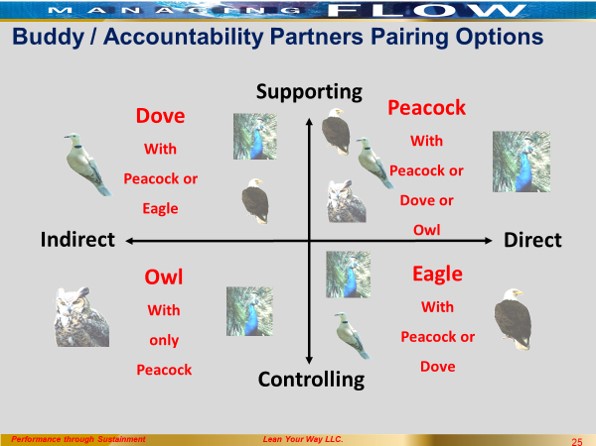“Show me someone who has done something worthwhile, and I’ll show you someone who has overcome adversity.“
– Lou Holtz
Lean Transformation does not work without Change Management
Lean Implementation strategies are often based on flawed management assumptions which can lead to self-destruction because of a lack of real change management for engagement of the culture.
Change management is not stand-alone training. It is part of a Lean transformation deploying massive change across most companies using behavioral change to assist in a lean transformation. You got to get people to talk openly.
This is the brilliance of the Toyota Production System comes in. Taiichi Ohno did little talking. He questioned, challenged and sometimes yelled, but mostly he put people in situations that changed the way they behaved daily. He broke organizational routines. The only way to beat entropy is to develop positive energy from teams of people that create a force greater than the hidden rules and walls.
The improvement kata developed by Mike Rother in Toyota Kata is an effective way to develop the human potential to beat entropy. If practiced daily, with a coach, it creates a new set of habits focused on improvements. It works even better when everyone has an accountability partner or buddy system to ensure we change daily.
Accountability Partners and the Four Styles of Behavior in Figure 1
Unfortunately, many versions are based on a flawed assumption—thinking about the transformation through the eye of Human resources. The action needed is to have everyone’s performance plans or goals changed to align with the transformation. Secondly understanding how to pair people up with accountability partnership ensures sustainability. Third you must have a communication plan, with senior executives’ perspective and developing reward system that pulls the organization into engagement. Human resources get involved as there may be needed to support organizational structure changes.Top of Form
The reality is that a behavioral approach to lean will inevitably lead to success as people become accountability through a buddy system. (Figure 2).

As my book Managing Flow has noted, people have behavioral characteristics and organizations have routines. We are what we do that often comes from our hidden behavioral traits. It is hidden in that we are not consciously aware of much of what goes on. In fact, most people operate on their primary traits and their secondary emotions.
Behavior styles and habits evolve through repetition and often serve a function, such as engaging. Some have found that at least 40% and perhaps as much of 90% of what we do is in a sense programmed by our habitual responses. The roots of habits are invisible to us. We reason in our prefrontal cortex and believe we are at the helm controlling all of our thoughts and actions, but in reality, many of our drivers are hidden deep within more primitive parts of our brain.
The problem with “change management” methods is they focus mostly on our reasoning processes. They appeal to reason, they dangle carrots and sticks, and they try to convince us logically. Since most of our habits—which at a collective level turn into organizational routines—are at the level of the hidden brain, logical arguments are doomed to fail. We can agree, we can say we agree in meetings, but mostly we will fall right back into individual habits and organizational routines.
The daily huddles reinforce the daily behavior patterns needed to beat entropy. People can speak up and win out over entropy, but only if they learn how to do so at an open and penalty-free level. Neither elaborate communication strategies nor even formal reward systems can replace daily practice to establish new, positive habits of systematic improvement.
Please ask more questions and place your comments here on my blog site.
Contact John Ballis at johnballis@leanyourway.com
#leansamurai #opex #coaching #lean #leansixsigma
I Implement Lean Manufacturing for Any Sized Project and AT Any Budget
If your organization can benefit from my expertise in assessing corporate culture, navigating organizational dynamics, and translating corporate strategies into tangible results for sustainable change, then you’ve come to the right place. I welcome the opportunity to get in touch for a preliminary analysis of your situation.



0 Comments